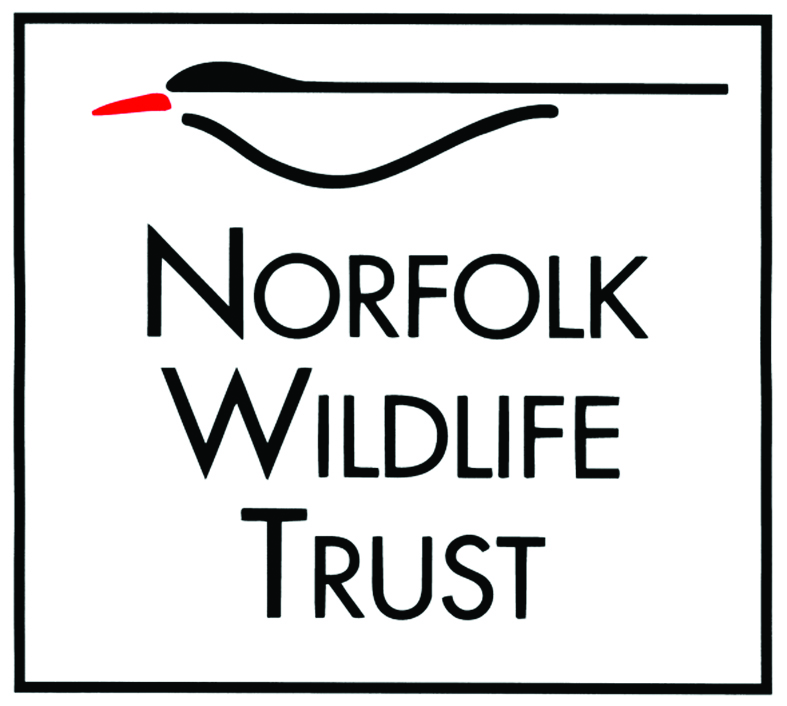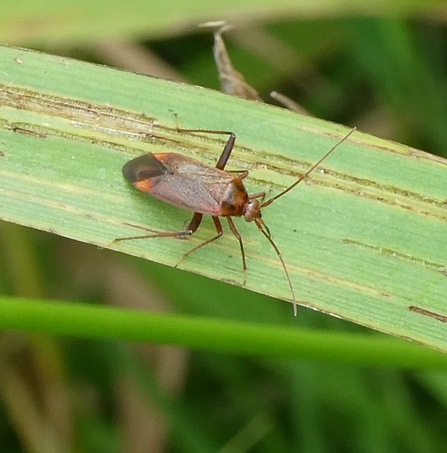A hot August ensured the summer holidays weren’t the wash-out that June and July proved to be. Much hotter weather, it seems, is a common feature of September now, with the North Sea reaching record temperatures at this time of year. A quick dip at Winterton Beach was not the refreshing experience I anticipated, it was as warm as bathwater! Well almost. September, for me, is a rather tired month. Grass stems are dead and bent double with their heavy payload. Meadow flowers are waning, with ragwort stripped of their leaves by the gold and black banded cinnabar caterpillars.
Thistles shake off fairy-winged seeds, to be carried wherever the summer breeze chooses. A visit to one of our wetland reserves finds fen plants still in flower. With their feet perpetually soaked, they grow tall; an attempt to compete with the reed. The height at least gives their flowerheads a fighting chance amongst the massed ranks of reed stems. Yellow and purple loosestrife is blooming, as is willow herb, meadowsweet and hemp agrimony. The Broadlands speciality, the marsh sowthistle, can make eight feet before finally popping open its yellow flower buds!


